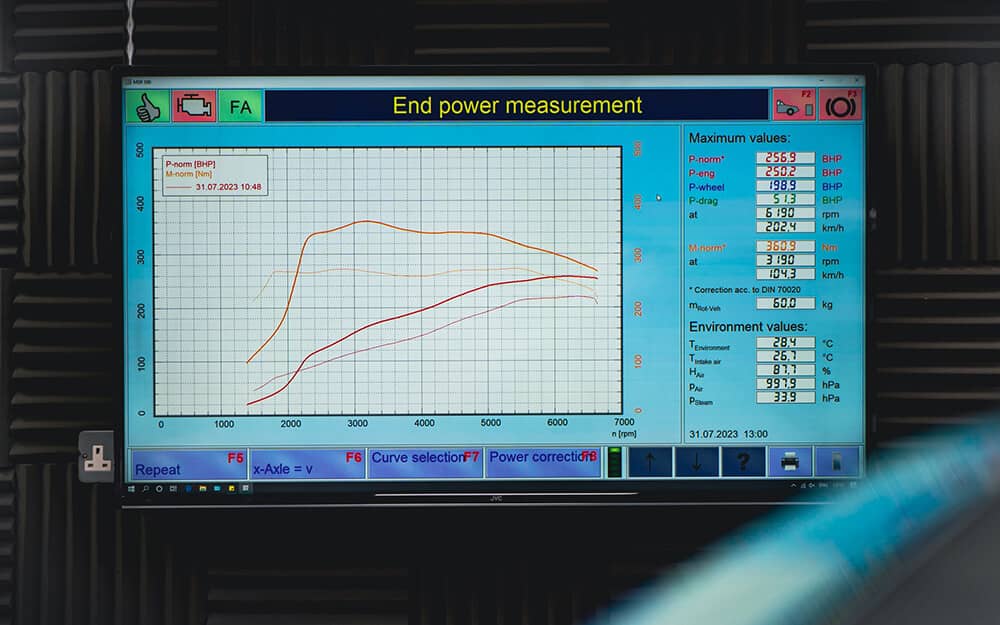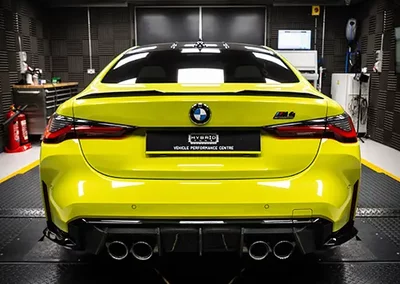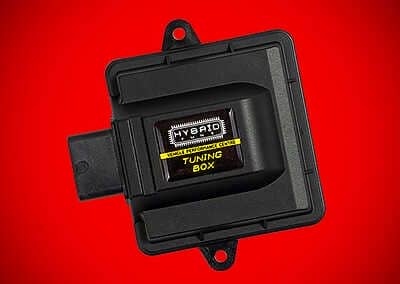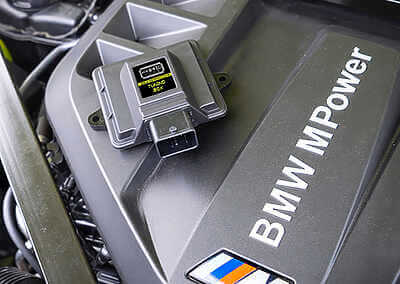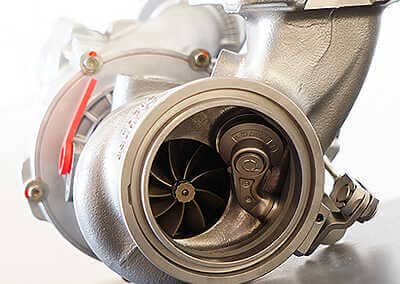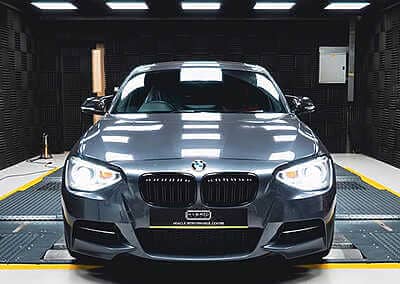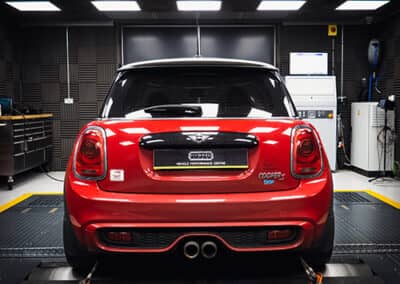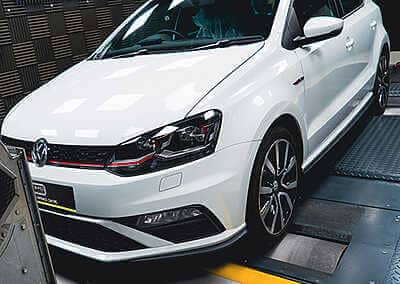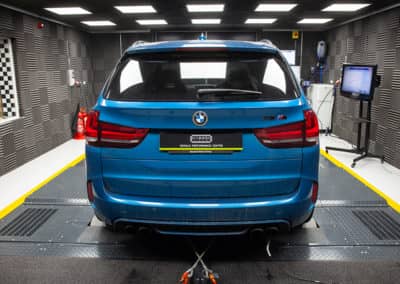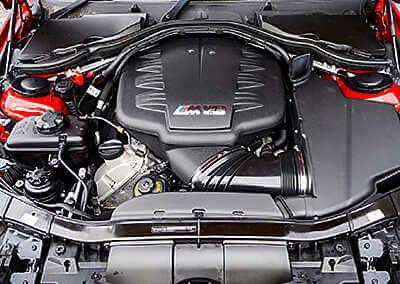Enhancing your car’s performance and fuel efficiency is a brilliant way to elevate your driving experience. While the idea of remapping a car for optimal performance may seem complex to many casual drivers.
Rest assured that we can professionally and reliably perform this process in just a matter of hours. In this guide, we’ll demystify the term ‘remapping’ and shed light on what happens when you choose to remap your car.
Remapping, or ECU calibration, involves altering the settings of your car’s Engine Control Unit (ECU) to enhance various aspects of its performance. By overwriting the existing settings with new software, we meticulously reprogram the car to manage boost pressure, fuel injection, airflow and much more.
Remapping a car let’s give you a small insight how the process works? and hopefully make it feel a little less daunting.
Remapping a car changes the manufacturer’s default settings and software on the ECU, replacing them with new software that can be customised to maximise performance and reliability. When a vehicle is remapped, the old ECU software is overwritten as the customised software is plugged into the car’s OBD port and flashed to the ECU.
It’s important to note that while remapping allows you to alter your vehicle’s performance by adjusting how the engine responds, it’s ultimately the driver’s choices that determine the effects of ECU tuning. For instance, there’s a common belief that remapping does not affect fuel economy. However, as a result of ECU remapping, a car usually sees an increase in power, which may come at the expense of higher fuel consumption, but that is not always the case, our bespoke ECU calibrations often retain close to factory MPG!


